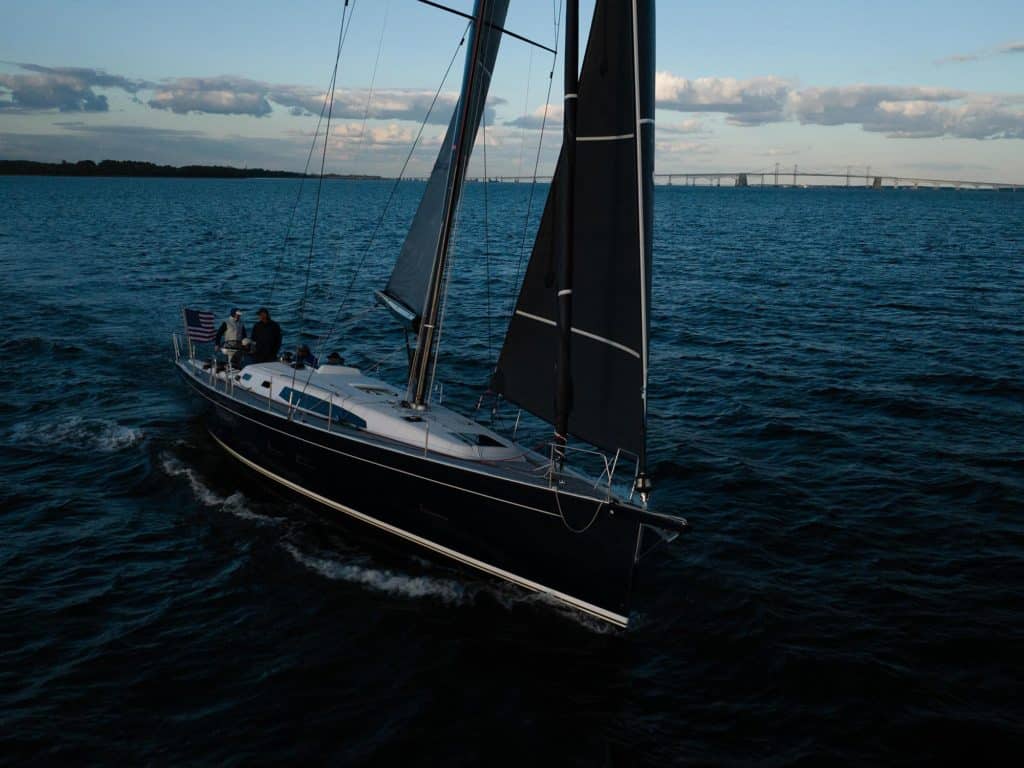
As the first sliver of sunlight peeked over the edge of the horizon, I cocked my head to face it, hoping for any ounce of warmth that might counter the chill from the overnight cold front. The stiff northerly blowing 15 knots on the nose wasn’t about to relinquish its grip on my chattering teeth. Adrenaline finally began to warm my soul as I, along with the rest of our crew, zipped across the harbor toward the gorgeous new Lyman-Morse 46—the first boat scheduled for test sails in the Cruising World Boat of the Year contest.
It was at that moment I realized two things: One, the warm-blooded Florida kid in me was tragically ill-prepared for these elements; and two, I’d probably just signed myself up for what would be the most intensive week of sailing I’d ever done.
Having edited dozens of “Best Of” features for various magazines through the years, I’ve learned that when it comes to awards programs, all that glimmers is not always gold. Vanity awards programs have long been a profitable cog of the public-relations wheel, which is probably why nearly every media outlet has awards of some form or another. Personally, I think there are too many bogus awards. It has become difficult for readers to put any trust in awards at all nowadays.
Cruising World‘s Boat of the Year awards, and the expert panelists who decide the winners, are very much the real deal.
So, when I arrived at Cruising World last year, I fully immersed myself in the Boat of the Year process, wanting to make sure that it wasn’t yet another imitation of the real thing. (The opportunity to sail 17 sensational new sailboat models had nothing to do with it, I swear.)
I learned an important lesson: This magazine’s annual contest is different. Seriously different.
Each year, the contest is judged by a revolving, independent panel of marine experts who evaluate the fleet in two stages: dockside during the United States Sailboat Show in Annapolis, Maryland, and then in dedicated sea trials on Chesapeake Bay. This year’s panel of judges—Herb McCormick, Mark Pillsbury and Ed Sherman—set a pretty high bar. In fact, no other program I’ve been a part of puts boats through such rigorous trials. These judges measure every spec, inspect every inch of rigging, unscrew every electrical panel to examine the wiring behind it, scrutinize every element of construction, and question every layout option. Basically, they unbutton everything that boat-show exhibitors spend days buttoning up, all in service to the legitimacy of the CW Boat of the Year awards.
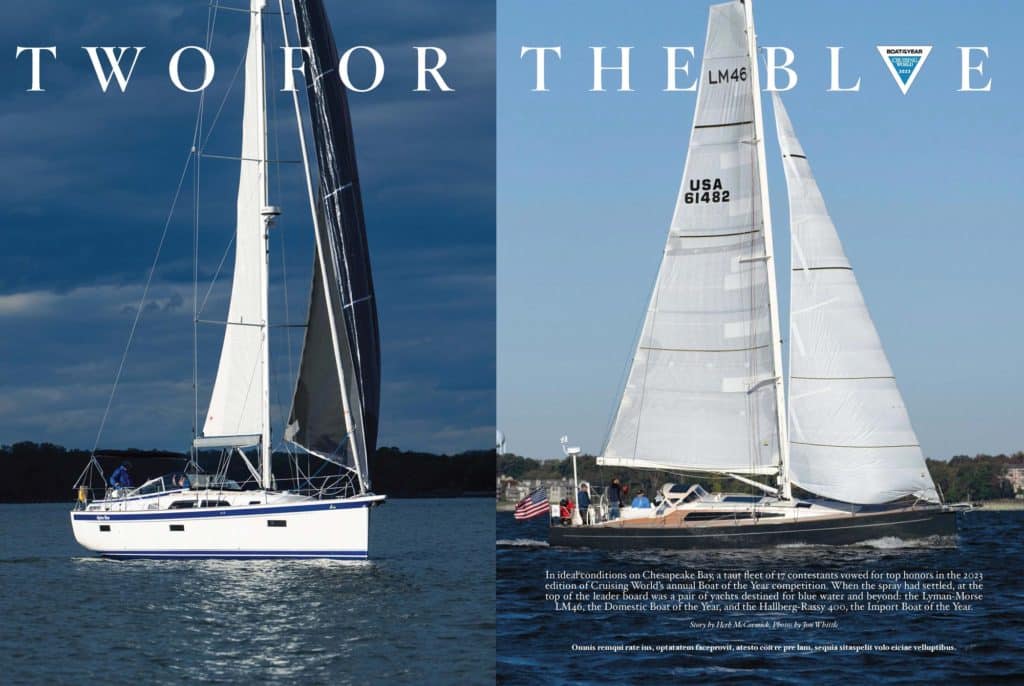
No wonder so many winning boatbuilders proudly display blue triangle Boat of the Year awards banners at their boat-show booths. For nearly 25 years, Cruising World’s annual Boat of the Year program has been the recognized leader in inspecting, testing and rewarding the best sailboats introduced into the US market by boatbuilders the world over. Throughout the history of the competition, the rotating crew of judges has sailed hundreds of boats, and in doing so, helped the Boat of the Year program earn its reputation as the gold standard of international sailboat awards.
Congratulations to the 2023 CW Boat of the Year winners (that are profiled in this issue. And to our readers, I hope you continue to get as much out of our annual reconnaissance mission as our team continues to put into it.
I hope you’ll find the rest of our January/February issue as well-rounded as this year’s fleet of Boat of the Year nominees. In this issue, join us off-grid in the remote cruising grounds of Greenland aboard the Stevens 47 Polar Sun, where adventurer Ben Zartman finds that sailing in Greenland is not what he thought it would be—turns out “it’s even better.”
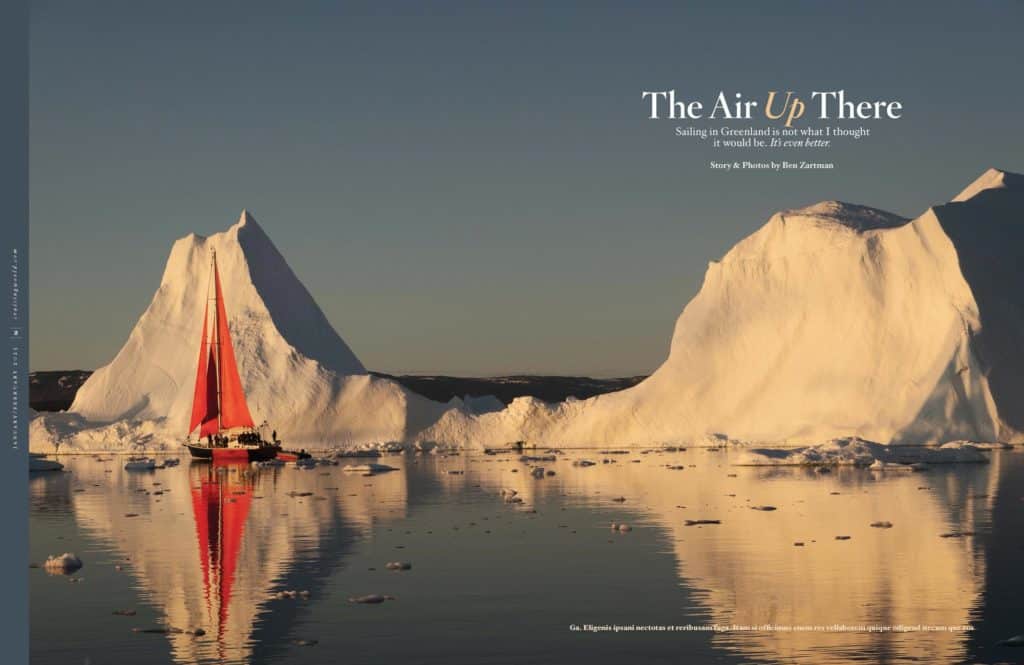
Then, prepare to leave your comfort zone on a wild 2,850 nautical-mile Pacific Ocean passage with Michael Pschorr, who, at 78 years old decided that he wasn’t going to let his age get in the way of making memories of a lifetime with his son. It’s a heartwarming story that every parent can relate to, though few get the opportunity to make it happen.
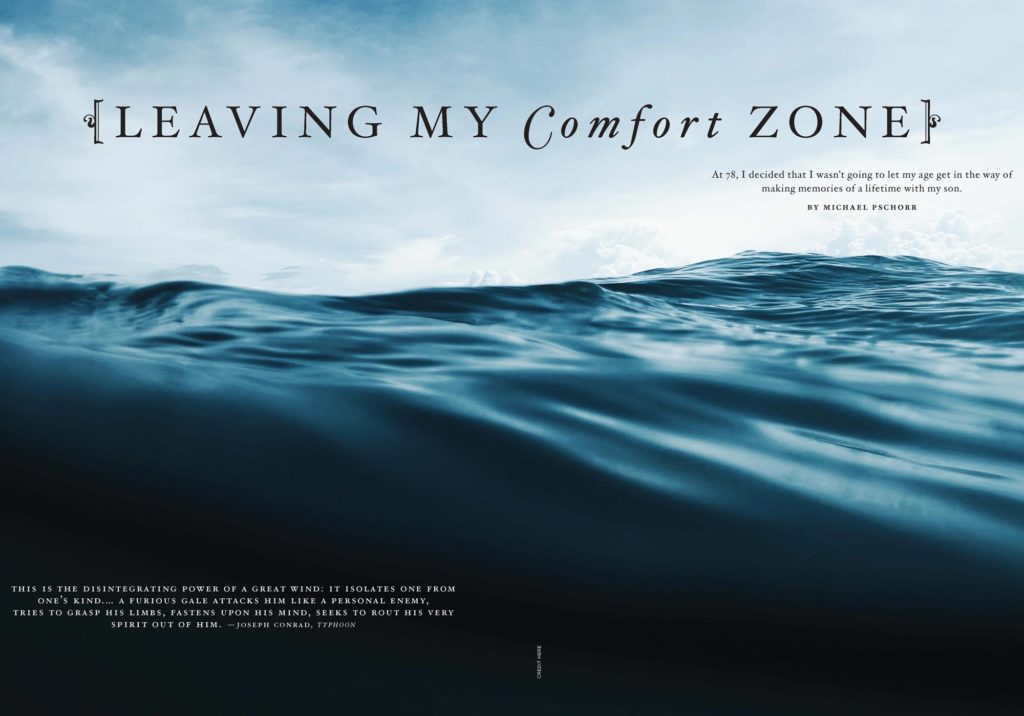
Other January/February issue features CW’s newest column, where longtime contributing editor Jim Carrier gives our once-popular Classic Plastic column new life as This Ol’ Boat. In the first installment, you’ll meet a charming couple who turned a Little Harbor 44 once owned by designed Ted Hood into a years-long home for adventure. Also in the issue, we’ll take a look at several big rallies happening in 2023, how you can get involved, and why you should; the story of a costly lesson in do-it-yourself engine repair by veteran mariner Roger Hughes; inside tips on how to change a raw water pump; and how having the right buddy boat can make your cruising experience even more fun, educational and memorable. On Watch columnist Fatty Goodlander pleads his case that everyday situations that come from cruising with safety harnesses are more complicated that we might think. Electronics guru David Schmidt reviews the latest, greatest PFDs to keep your head above water in an emergency. And CW’s charter guru Chris Caswell reveals his tried and true ways to avoid painful, cancer-causing sunburns on a charter (or on any boat)—and how to treat them if the rays get the best of you.
The January/February issue is in mailboxes and available at newsstands now. If you don’t have one, grab one. If you’re not currently a subscriber, I hope you’ll consider becoming one. On behalf of the Cruising World crew, thanks for reading. As always, don’t hesitate to let us know your thoughts.
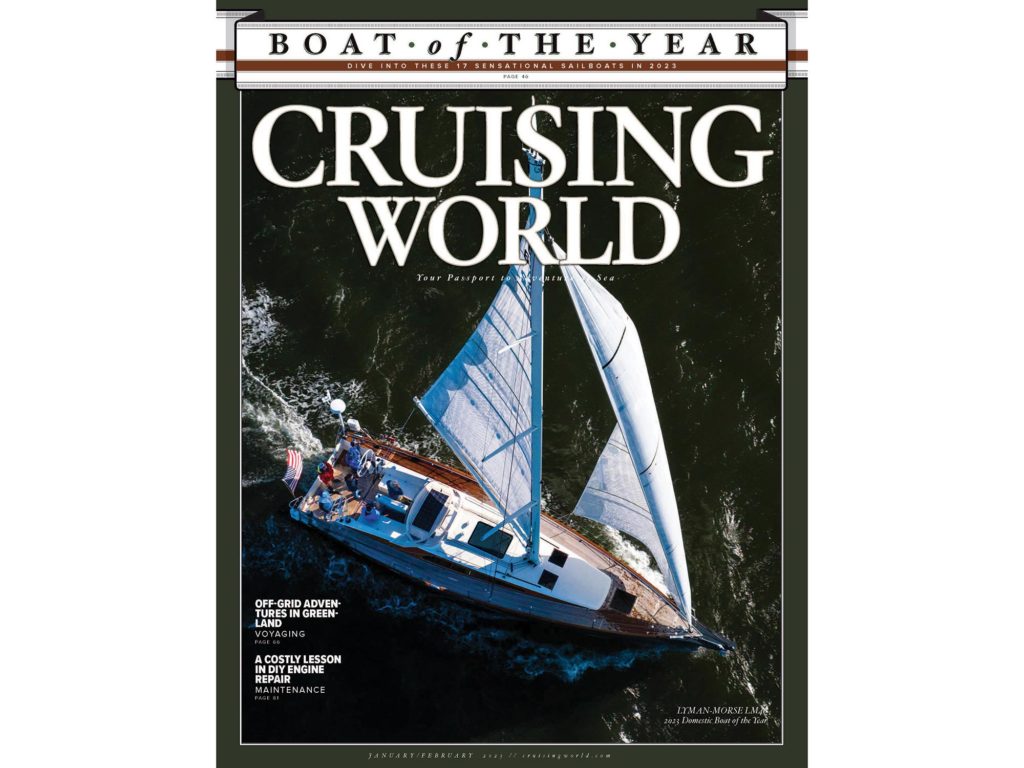
Most of all, on behalf of the entire Cruising World crew, I want to wish you a glorious holiday season of peace, fair seas and a steady breeze.
—Andrew Parkinson, editor-in-chief








